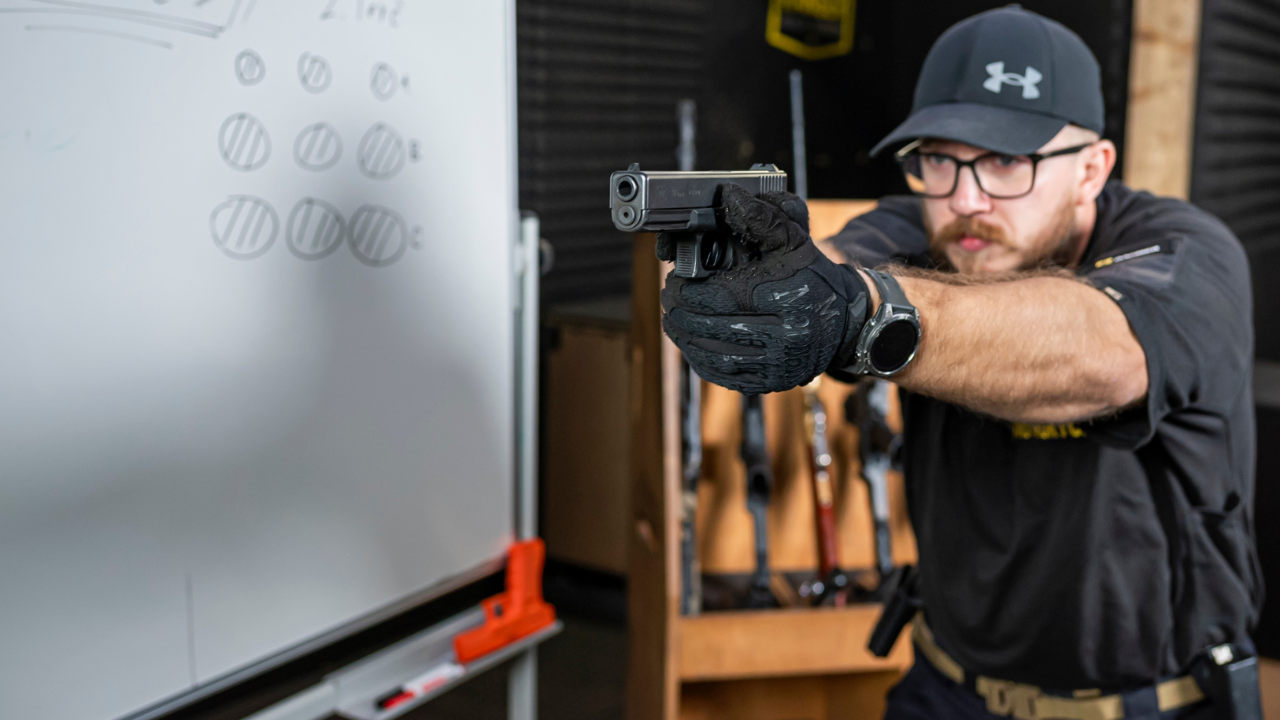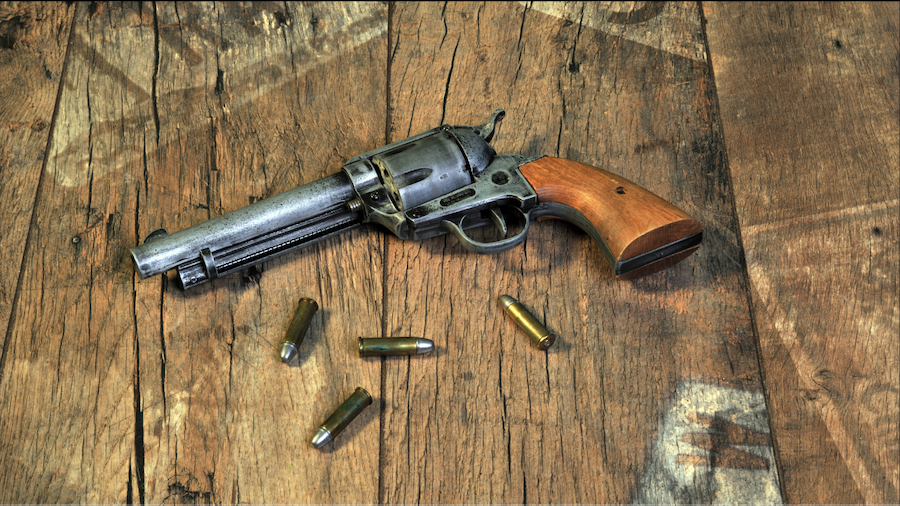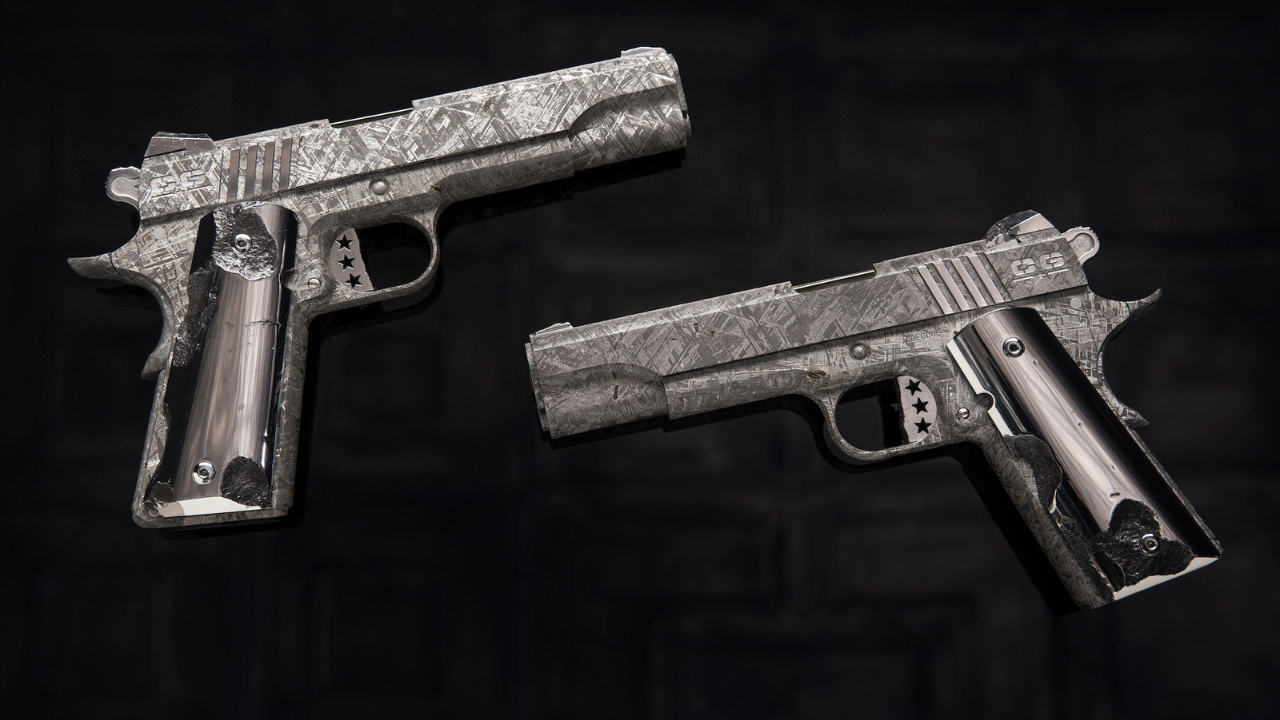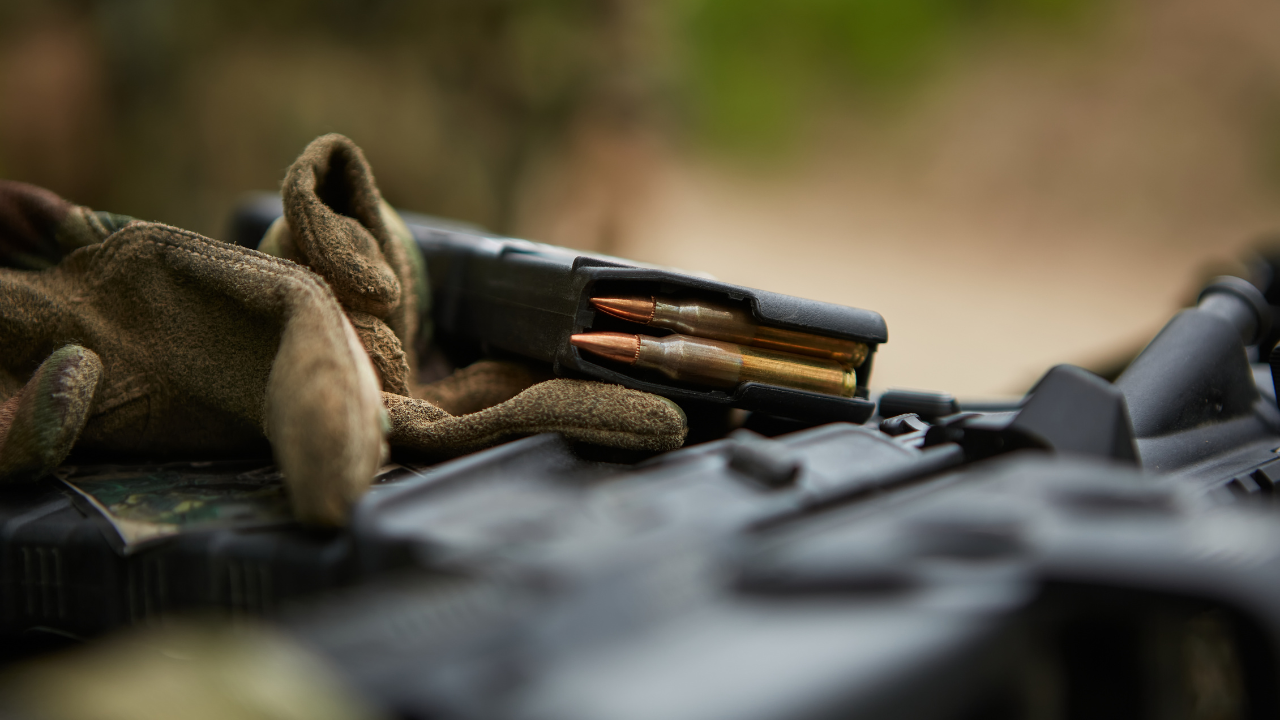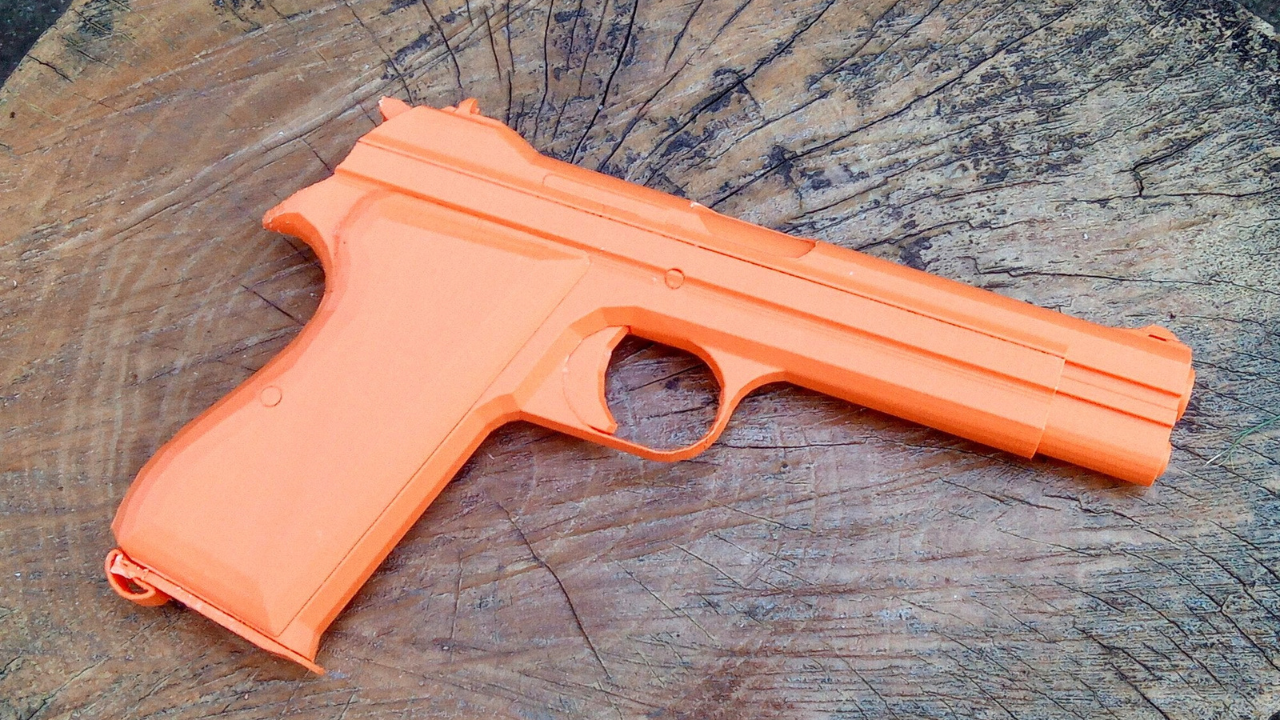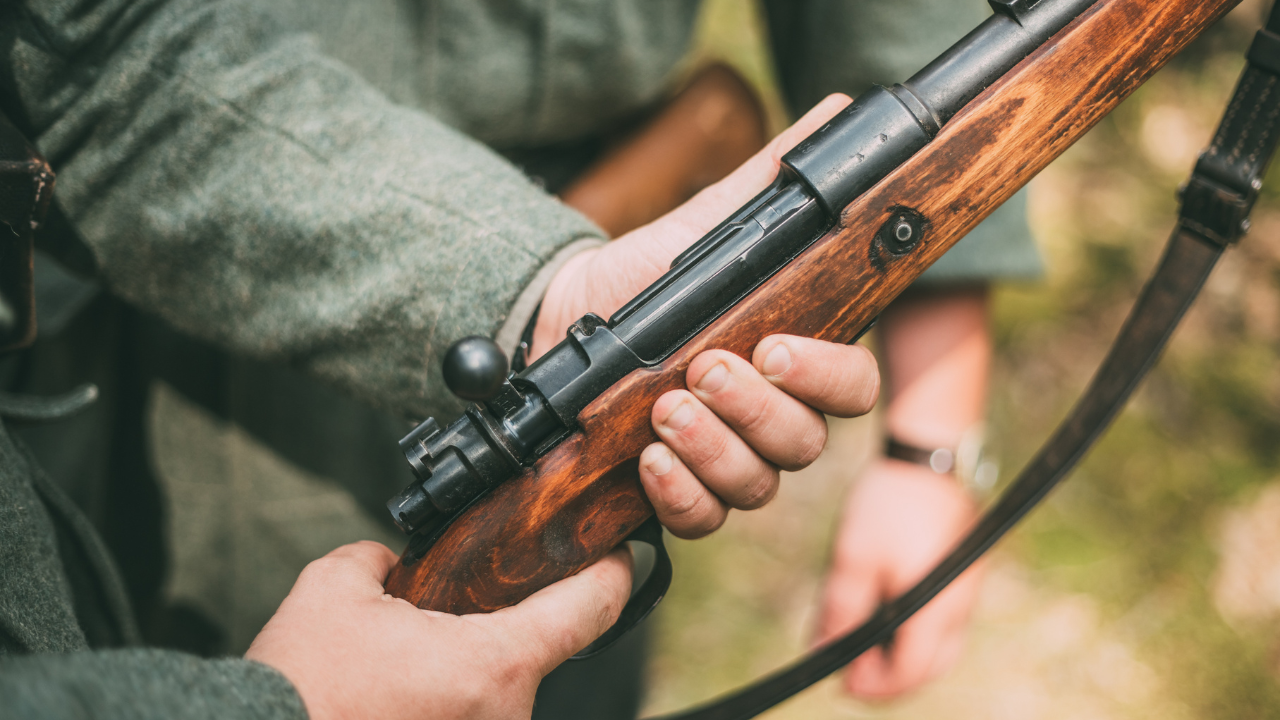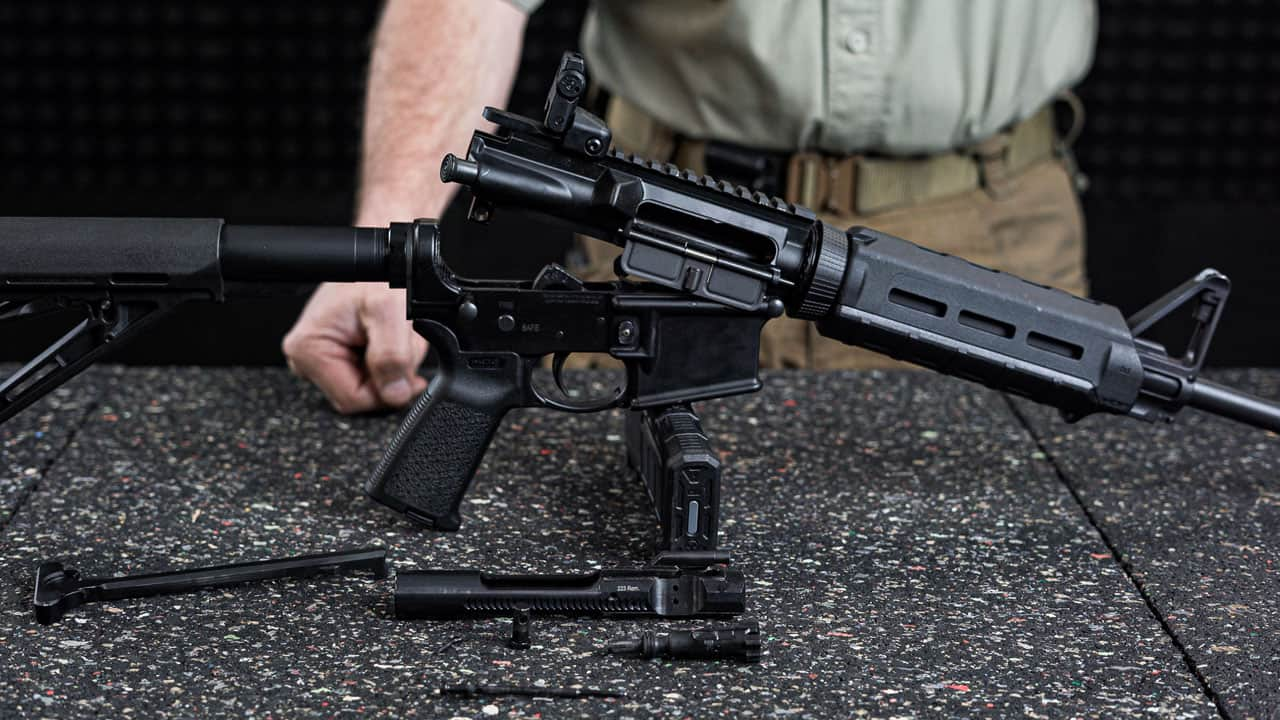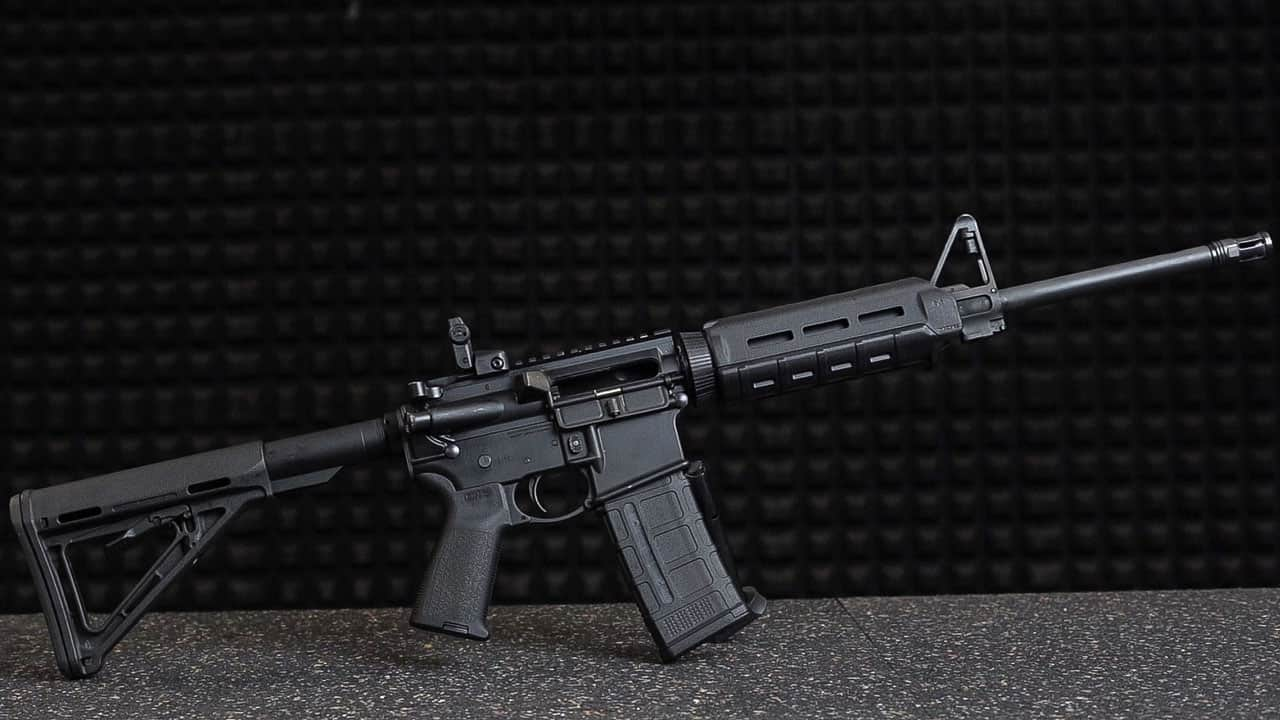
ar-15 rifle - ruger 556
The pistonless revolution
Unless a self-loading or automatic weapon is designed for a relatively low-power cartridge, the slide must either be braked in some way or even locked solid during part of the shot. After the gas pressure in the barrel drops, the slide is unlocked, begins to move, extracts the spent cartridge, and delivers another round into the barrel. Locking occurs when the bolt reaches the front sight. Unlocking can be accomplished in a variety of ways, one of which is by operating the firing pin. At some distance from the chamber there is a cross channel in the barrel which takes away some of the gases produced by the shot and uses their energy to unlock the breech at the appropriate moment. Conventional systems use a piston to transmit the implosion force. The plunger moves the bolt carrier, which during a part of its travel called the slide, acts on a part of the bolt called the bolt carrier, which connects the bolt to the barrel or bolt housing. This unlocks the bolt, and the bolt as a whole draws and ejects the cartridge case, etc.
However, Mr. Stoner realized that if we arrange the slide itself appropriately, we don't have to use a piston and the exhaust can then be taken from the barrel straight into the slide assembly. The advantages are obvious: less weight of the gun as a whole and much less weight of moving parts, which translates into increased accuracy of shooting. In the case of the AR rifle, locking is solved by turning the bolt. The bolt body is surrounded by the bolt carrier and the bolt has sealing rings, similar to the piston rings of an internal combustion engine. So the gases simultaneously move the bolt carrier backwards and push the bolt in the opposite direction. The disadvantages are also clear, the hot gases put an unnecessary thermal load on the rifle system and also increase its fouling. This had a negative effect on the reliability of new and untested weapons during the Vietnam conflict. Eventually, most of the errors were eliminated and today's weapons, whether civilian or military, differ from those of the time not only in design, but also in the tolerances within which they are made and even in the materials or manufacturing technologies used. In spite of all this, the call for a change in the system known by the acronym DI (Direct Impingement) has never ceased.
Here comes the Gas Piston System
The Direct Impingement system works very well in principle for self-loading guns. However, batch firing, that's a different story! If the shooter is rational and has the option to let the gun rest, it's not bad. However, Baghdad or Kabul-type shootings are very hard on the rifle design. It is not surprising, then, that there have been proposals for a change in favour of a more conventional system. And so, like mushrooms after the rain, AR rifles began to appear, adapted to a system using a piston to transmit the impulse of force. Thus, the gases from the barrel act on the piston, which "leans" against the bolt carrier, and the gun's cycle of operation continues as with the previous system. And everything became beautiful, smart, reliable... Well, it didn't..;
Understandably, for military weapons firing a burst, this is a feature that will really increase reliability substantially. But both the author of these lines and most of you reading them right now will not be fighting insurgents in the jungles and deserts of the world. Even those who have guns in case of some kind of riot probably won't expect to be away for long periods of time from the ability to take at least some decent care of their weapon. And besides the increased weight and decreased accuracy, there is another problem with gas-operated weapons. Not only does each manufacturer have their own system for how the piston and gas pickup is arranged, but each manufacturer's gun needs to use original parts, so you can't swap out a forend, for example. This limits the possibilities of possible upgrades and personalization of the gun. That is what is one of the greatest charms of the AR system. So while using a piston for military applications is probably a good move, for civilian and especially sport shooters the Direct Impingement system is still a very good option.

